Pandemic ‘Revolution’ Leads to Record Organic Food Sales
U.S. organic food sales in 2020 were up a record 12.8% to a new high of €46 billion ($56.4 billion), representing almost 6% of U.S. food sales.
Read moreU.S. organic food sales in 2020 were up a record 12.8% to a new high of €46 billion ($56.4 billion), representing almost 6% of U.S. food sales.
Read moreJay Hardwick traded a life in academia for what has turned out to be a fruitful career in farming. Today he grows mainly cotton, corn and soybeans on his family’s 12,000-acre operation in Tensas Parish, North East Louisiana.
Read moreFourth-generation soybean and corn farmer Monte Peterson explains why he uses GMOs in order to farm more sustainably and safely.
Read moreThe initiative will focus on row crop rotations to build on the company’s 2030 climate commitment.
Read moreHe is constantly striving to implement new practices and innovations that make the farm more efficient, more sustainable and more profitable.
Read moreTina Hinchley is a dairy farmer in Cambridge, Wisconsin – America’s dairy land. She and husband Duane grow around 2,300 acres of crops, not only to be used as cattle […]
Read moreA look at how U.S. farmers and the food supply chain are responding to the pandemic and the lessons they have learned for the future By Janine Maxwell, The U.S. […]
Read moreReducing Soil Tillage Helps to Increase Yields, Enhance Soil Health, Boost Water Retention and Reduce Erosion Farmers who use conservation tillage can increase their crop yields while also nurturing healthier […]
Read moreUSSEC is a dynamic partnership of key stakeholders representing soybean producers, commodity shippers, merchandisers, allied agribusinesses and agricultural organizations. Production of U.S. soybeans is based on a national system of sustainability and conservation laws and regulations combined with careful implementation of best production practices by the nation’s 279,110 soybean farms.
In addition, U.S. soybean producers participate in numerous certified and audited voluntary sustainability and conservation programs. Since 1980, U.S. farmers increased soy production by 96% while using 8% less energy. Greenhouse gas emissions decreased 41% per tonne of U.S. soybean production since 1980.
Read moreIndiana corn and soybean farmer Rick Clark is Field to Market’s Farmer of the Year 2019, recognized for “outstanding conservation efforts on his farm and leadership in advancing sustainable agriculture”. […]
Read more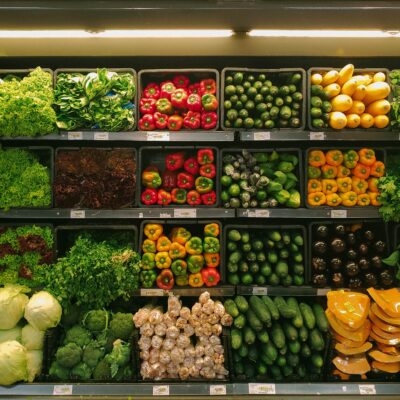
U.S. organic food sales in 2020 were up a record 12.8% to a new high of €46 billion ($56.4 billion), representing almost 6% of U.S. food sales.
Read more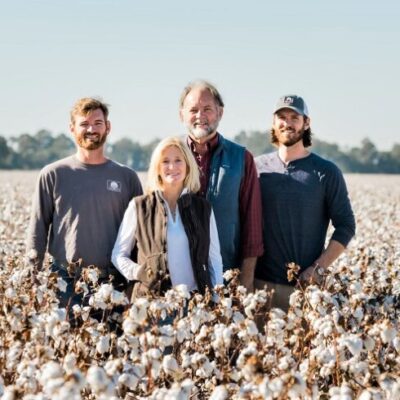
Jay Hardwick traded a life in academia for what has turned out to be a fruitful career in farming. Today he grows mainly cotton, corn and soybeans on his family’s 12,000-acre operation in Tensas Parish, North East Louisiana.
Read more
Fourth-generation soybean and corn farmer Monte Peterson explains why he uses GMOs in order to farm more sustainably and safely.
Read more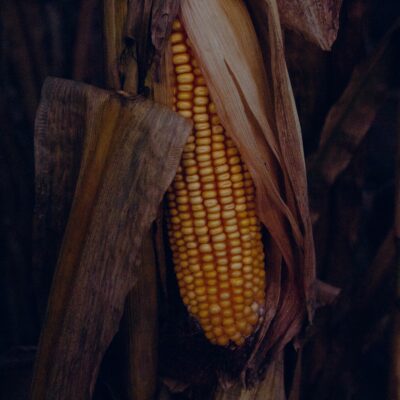
The initiative will focus on row crop rotations to build on the company’s 2030 climate commitment.
Read more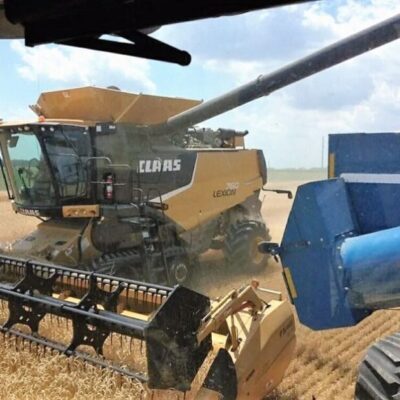
He is constantly striving to implement new practices and innovations that make the farm more efficient, more sustainable and more profitable.
Read more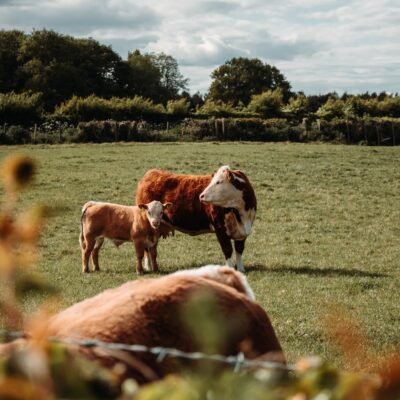
Tina Hinchley is a dairy farmer in Cambridge, Wisconsin – America’s dairy land. She and husband Duane grow around 2,300 acres of crops, not only to be used as cattle […]
Read more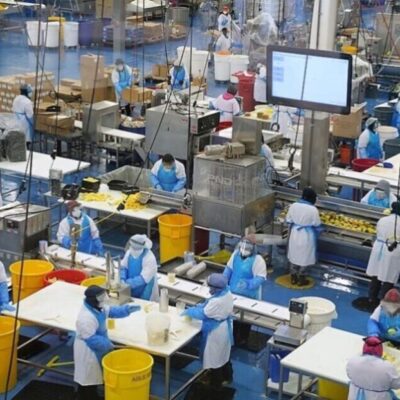
A look at how U.S. farmers and the food supply chain are responding to the pandemic and the lessons they have learned for the future By Janine Maxwell, The U.S. […]
Read more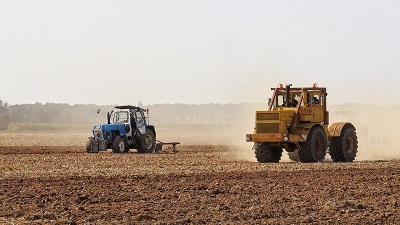
Reducing Soil Tillage Helps to Increase Yields, Enhance Soil Health, Boost Water Retention and Reduce Erosion Farmers who use conservation tillage can increase their crop yields while also nurturing healthier […]
Read more
USSEC is a dynamic partnership of key stakeholders representing soybean producers, commodity shippers, merchandisers, allied agribusinesses and agricultural organizations. Production of U.S. soybeans is based on a national system of sustainability and conservation laws and regulations combined with careful implementation of best production practices by the nation’s 279,110 soybean farms. In addition, U.S. soybean producers participate in numerous certified and audited voluntary sustainability and conservation programs. Since 1980, U.S. farmers increased soy production by 96% while using 8% less energy. Greenhouse gas emissions decreased 41% per tonne of U.S. soybean production since 1980.
Read more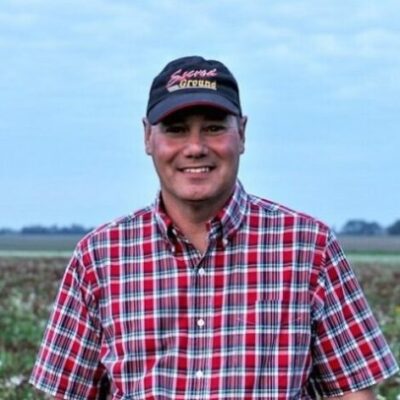
Indiana corn and soybean farmer Rick Clark is Field to Market’s Farmer of the Year 2019, recognized for “outstanding conservation efforts on his farm and leadership in advancing sustainable agriculture”. […]
Read more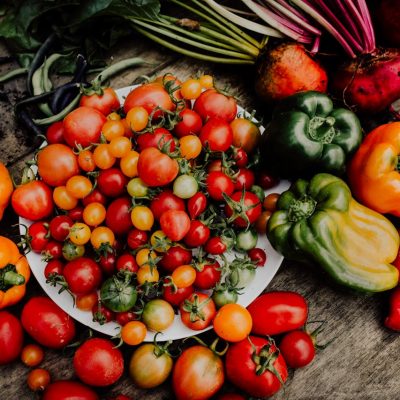
Farmers are under increasing pressure due to climate change, global conflicts, and trade disruptions. However, advances in plant breeding offer hope, writes Andy LaVigne, the President and CEO of the American Seed Trade Association (ASTA).
Read more
Tarik Eluri, sustainability manager at the U.S. Soybean Export Council (USSEC), a founding member of the U.S. Sustainability Alliance (USSA), recently discussed U.S. sustainable agriculture with Spain’s Fundación Antama – a non-profit that promotes new technologies for agrifood and the environment. The conversation focused on USSA’s mission and the U.S. soy industry, including the evolution of sustainability and the role of innovation.
Read more
In a landmark move, the U.S. Food and Drug Administration (FDA) has approved Bovaer® - a feed ingredient that reduces enteric methane emissions from dairy cows - for use in the United States. What are the implications?
Read more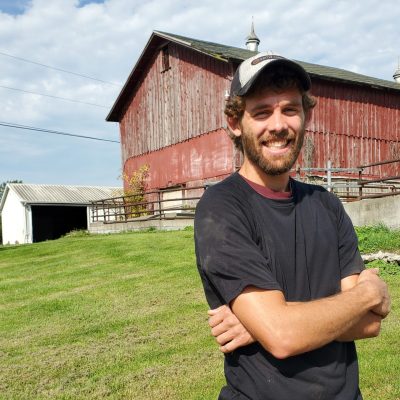
To mark National Dairy Month, we visit a New York dairy farm to look at some of the advances that have led to these improvements. Meet the Beck Brothers, the stars of a new TV documentary!
Read more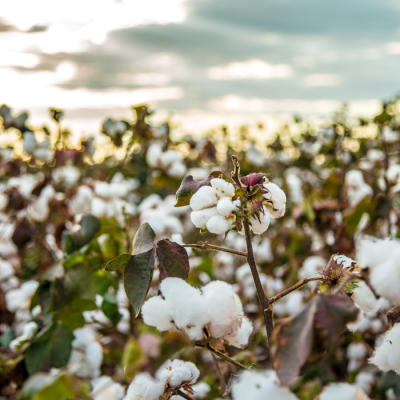
An update on the Trust Protocol over the past 12 months. The report covers grower participation and progress across key sustainability metrics, from resource efficiency to soil health
Download now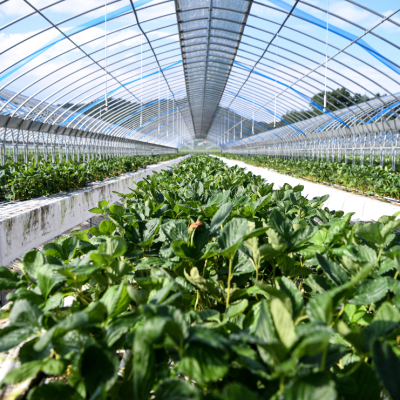
An update on the success of USDA’s Partnerships for Climate-Smart Commodities initiative, which aims to expand market opportunities for commodities produced using climate-smart practices
Download now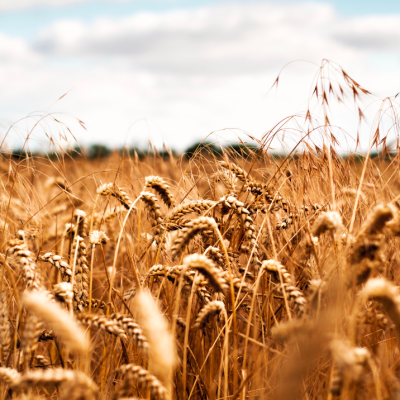
An analysis of trends in agricultural total factor productivity (TFP) - a measure of how efficiently agricultural resources and inputs are used to produce output. It includes key obstacles to TFP growth and effective solutions.
Download now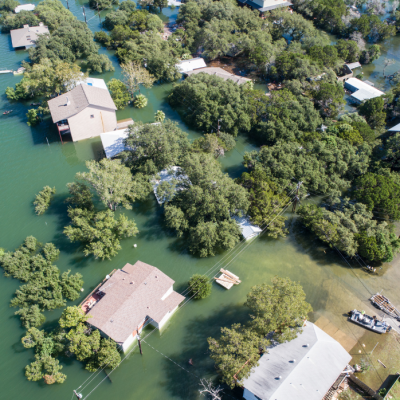
Climate Change Indicators in the United States, the fifth edition of a report first published by EPA in 2010, examines the ongoing impact of climate change on the United States. It provides insights into the scale and significance of these changes and their potential consequences for people, the environment, and society.
Download now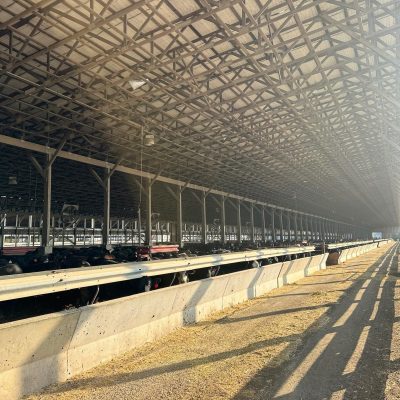
Sievers Family Farms in Iowa is one of a growing number of farms using manure-based anaerobic digesters. These digesters convert farm waste into valuable byproducts, such as renewable electricity and fertilizer, while reducing greenhouse gas emissions.
Read more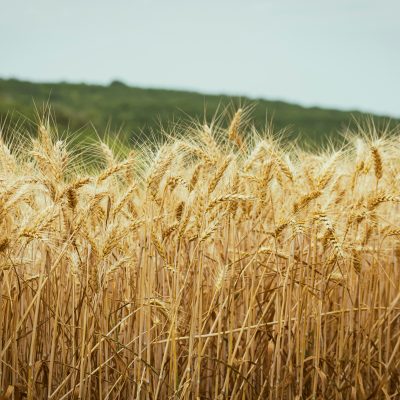
In this issue, we share the findings of the 2024 Global Agricultural Productivity Report (The GAP Report) by Virginia Tech. The report warns of sluggish productivity growth, highlighting the urgent need to bridge the gap between technology development and farmer adoption.
Read more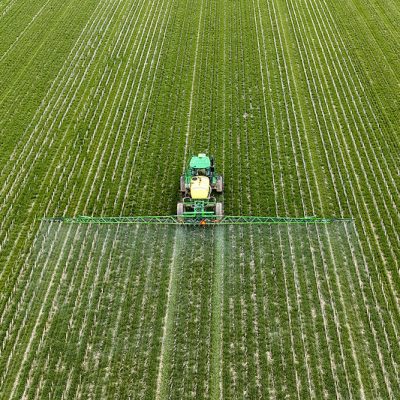
In response to shifting weather patterns and more severe extreme weather events, the U.S. Department of Agriculture (USDA) is stepping up its efforts to help American producers fight climate change.
Read more
In mid-October, the U.S. Sustainability Alliance (USSA) hosted three European Union (EU) officials for a Climate Smart Agriculture mission to the United States. The mission aimed to enhance understanding of U.S. conservation programs and highlight U.S. leadership in agricultural sustainability.
Read more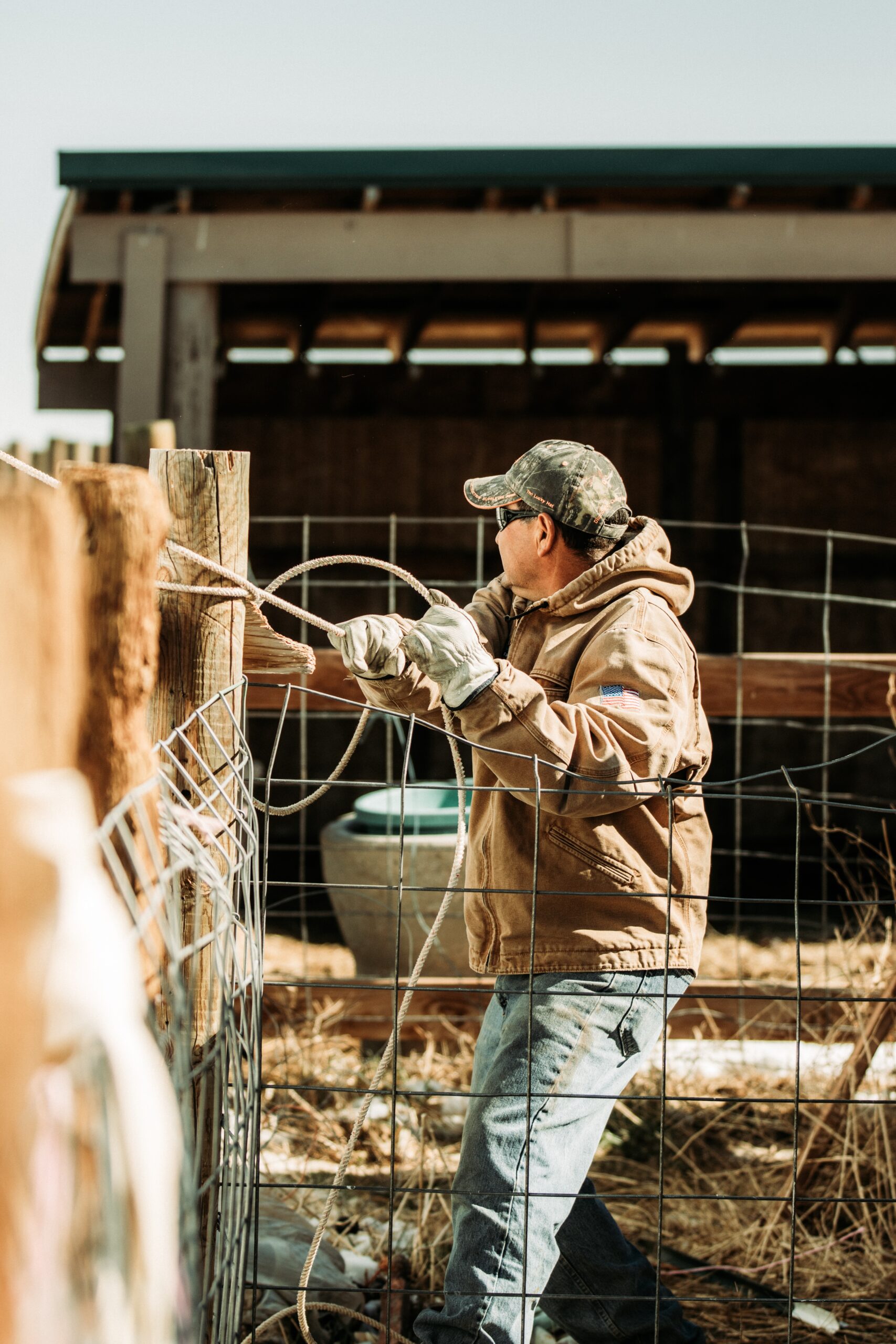
Whilst the USSA members work to exceed regulatory requirement, U.S. laws and regulations provide a robust framework, developed over many years, to ensure and promote the sustainability of its crop, livestock, seafood and forestry sectors. The policies look to immediate impacts on the environment and beyond to cover topics from employment to biodiversity to endangered species. The following pages provide context and an introduction to key federal legislation.

Focused on conservation and environmental stewardship, the USDA, working with The Natural Resources Conservation Service on technical assessment and the Farm Service Agency for enforcements, uses grant management to deliver best practice. A particular focus is on erodible lands and wetlands, with ‘sodbuster’ and ‘swampbuster’ rules, requires presentation of conservation strategies prior to conversion of lands to agricultural use. One result, that soil loss has been halved since 1982.
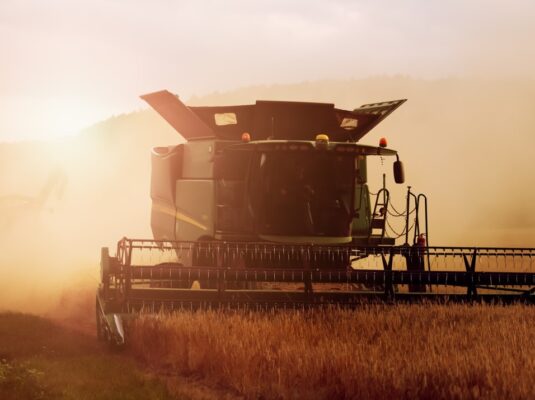
The U.S. recognizes that sustainability has many facets and action is required in explicit areas. This has resulted in the enactment of a wide range of laws from the Clean Water Act and Clean Air Act to the Endangered Species Act, to research and regulatory action on Insecticides and Fungicides and Rodenticide Act; and, with the Lacey Act a focus on illegal trafficking of plants, fish and animals.
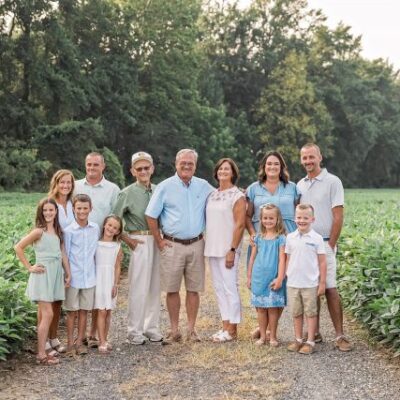
In the latest episode of This is U.S. Sustainability, we hear from two multi-generational farmers – an eleventh-generation grains farmer from Maryland and the owner of a centennial cattle farm in Louisiana – about how they have moved with the times while staying true to their roots. We cover rotational grazing, no-till cultivation, water conservation, biotech seeds, and more. And we discuss why going back to the natural cycle is sometimes the best approach.
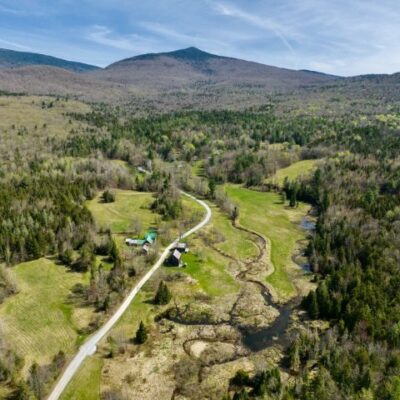
Tune in to the latest episode of This is U.S. Sustainability to hear how Paul Catanzaro and Professor Tony D’Amato work together to reach family forest owners and ensure they have the information and resources to make the right decisions about their land. And learn about the vital role Tim Stout, a Vermont landowner, plays in amplifying their message.

Tune in for the lowdown on the innovative, often surprising ways the almond industry and the wider food sector are reducing waste. Jet fuel, beer, water filters and peat moss to grow mushrooms – these are just some of the many applications in use and under development.
Hear directly from noted seafood chef and author Barton Seaver about the sustainability of the American lobster industry.
Watch nowThe new Rewind documentary series from Real Leather Stay Different. aims to provide some balance in the debate about the use of our land, fast fashion and our future.
Watch nowThis video highlights the emphasis on sustainability by the U.S. beef industry. Watch this story of beef farmers’ and ranchers’ multi-generational commitment to the environment with buyers and consumers around the world.
Watch nowBefore you leave, please consider taking our survey.
We want to find out how you think the U.S. is performing in terms of sustainability, what you’re interested in finding out more about, and where you think we should focus our resources.
Your views will help shape the future and ensure we deliver key insights on the most important issues to our site visitors.
Take our survey